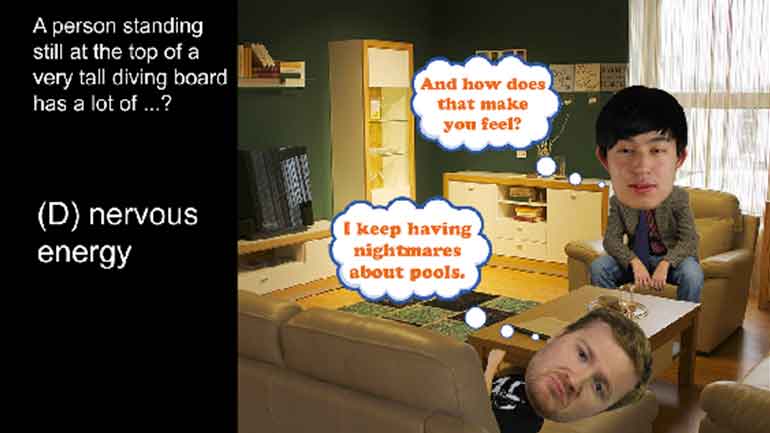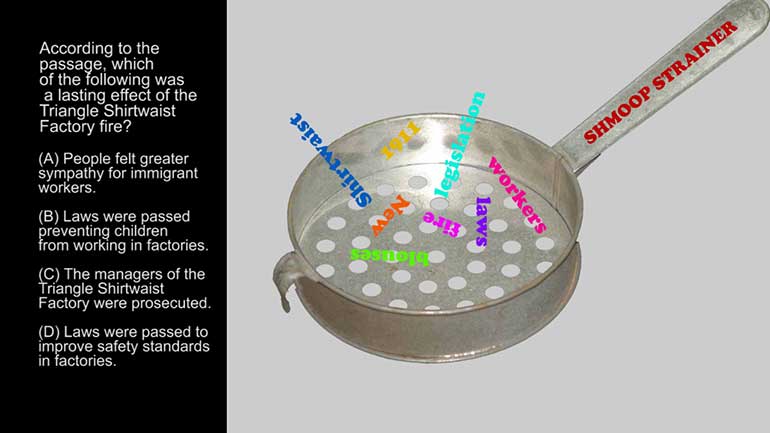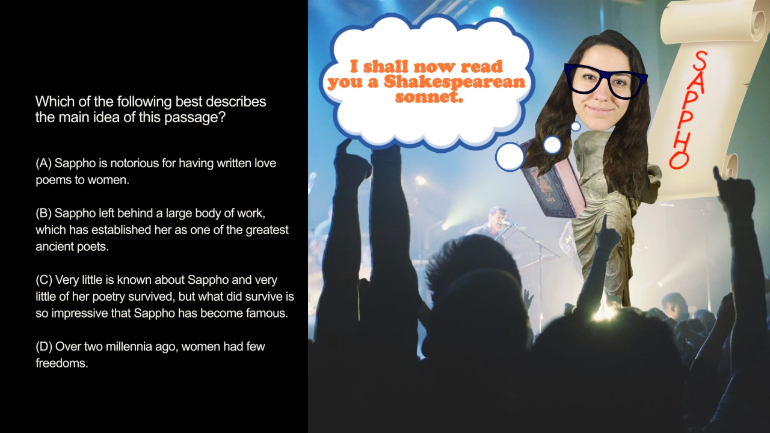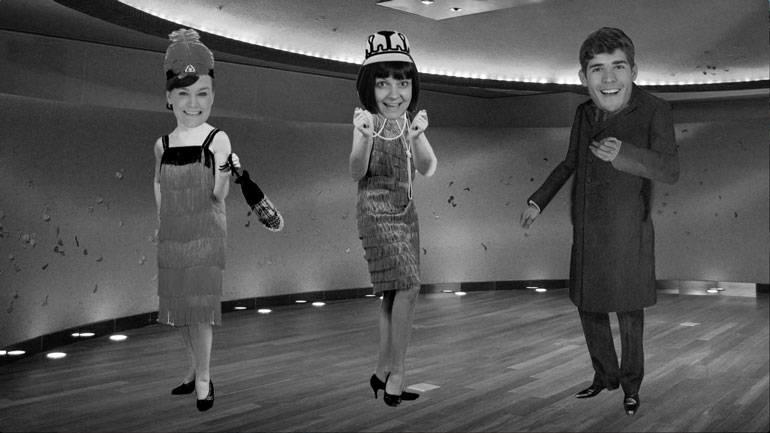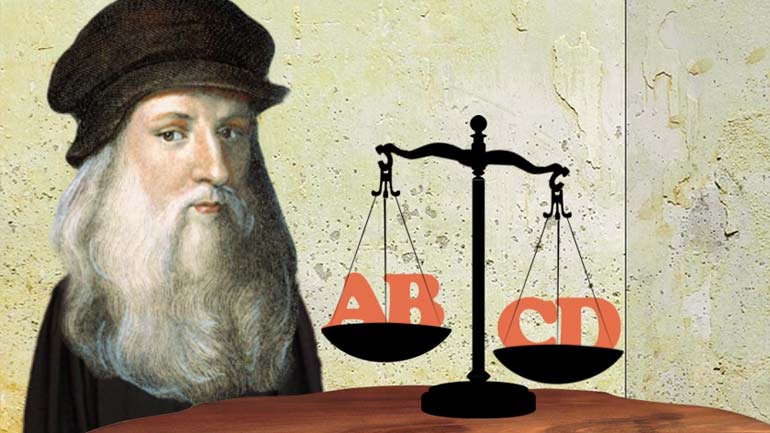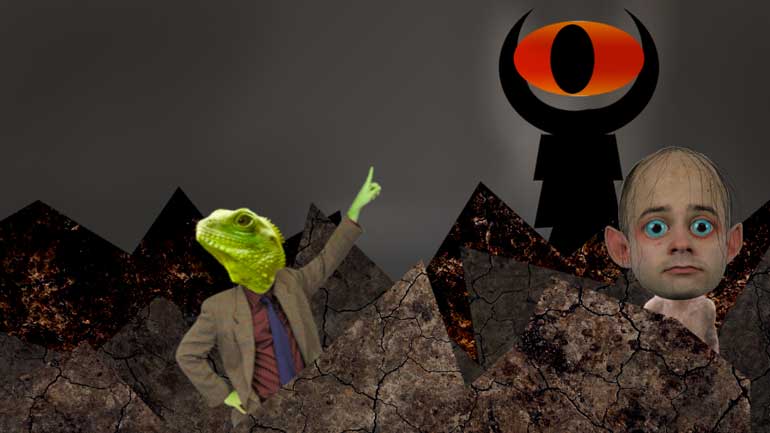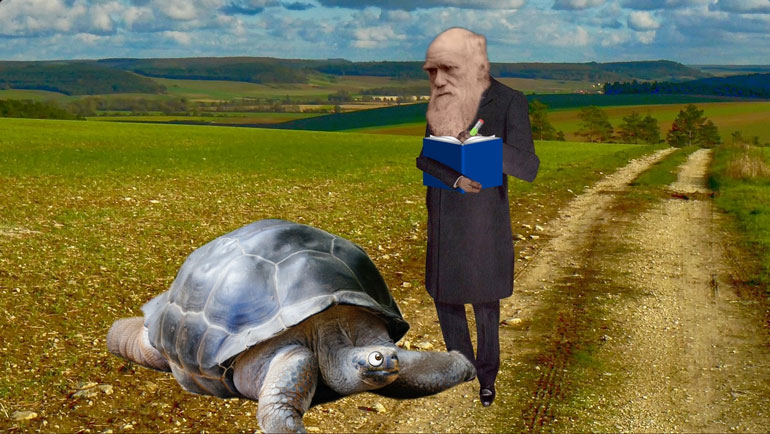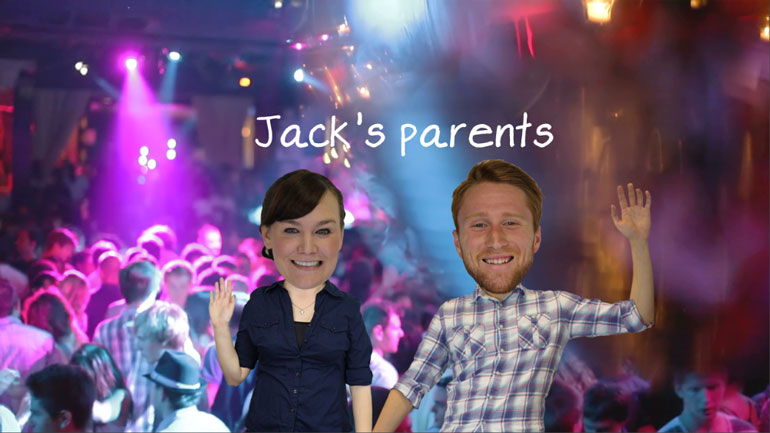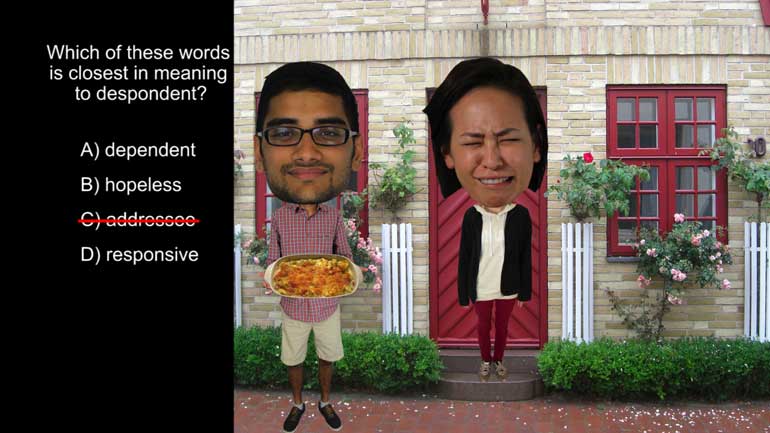ShmoopTube
Where Monty Python meets your 10th grade teacher.
Search Thousands of Shmoop Videos
ASVAB Videos 95 videos
ASVAB Physical Science 5.2. What happens at higher temperatures?
ASVAB Physical Science 5.3. This is an example of what type of heat transfer?
ASVAB Physical Science 6.1. Low voltage and high resistance will result in which of the following?
ASVAB Physical Science 2.4 250 Views
Share It!
Description:
ASVAB Physical Science 2.4. A substance that consists of two or more things that are physically mixed together is a...what?
Transcript
- 00:00
[ musical flourish ]
- 00:03
And here's your Shmoop du jour, brought to you by mix tapes.
- 00:07
Anyone have a tape recorder we can borrow?
- 00:09
No?
- 00:11
A substance that consists of two or more things
Full Transcript
- 00:13
that are physically mixed together is a what?
- 00:16
And here are potential answers.
- 00:18
[ mumbles ]
- 00:21
Okay, so the question might give it away here. After all,
- 00:24
you can't spell "mixture" without "mix."
- 00:26
So, yeah, our answer is option B.
- 00:28
A mixture is when we have two or more different things that are, well,
- 00:31
mixed together. Salt water is a mixture because, even though the salt
- 00:35
dissolves in the water and you can't see it anymore,
- 00:39
the salt molecules are still separate from the water molecules.
- 00:42
Snack mix is another kind of mixture.
- 00:44
Even though you can pick out each little pretzel
- 00:46
and weird sesame-flavored thing out of the mix,
- 00:49
when they're all mixed together in that bowl, well,
- 00:52
yeah, that's a mixture. And a real cool party.
- 00:55
Option A - a compound is when two or more elements
- 00:58
are bonded together. It's like when hydrogen and oxygen
- 01:00
bond together to form an entirely new substance,
- 01:03
water, or H2O. Just like that.
- 01:06
Water's completely different from hydrogen and oxygen.
- 01:09
Otherwise, we wouldn't need oxygen tanks
- 01:12
when we go scuba diving... Aquaman.
- 01:14
All right, now we've got a couple of other words that look
- 01:17
pretty similar to each other - solutes and solvents.
- 01:21
Well, solutes and solvents are part of solutions.
- 01:24
Solutions are mixtures that have all the components
- 01:26
equally distributed throughout 'em.
- 01:28
Think about salt water again.
- 01:29
When the salt is dissolved in the water, it's mixed
- 01:32
completely in the water.
- 01:34
Now, if we dumped pebbles in the water, well, they'd just
- 01:36
sit at the bottom and we wouldn't have a solution; we'd just have some wet pebbles.
- 01:40
In solutions, the solute is what is dissolved.
- 01:44
The solvent is what does the dissolving.
- 01:47
So in our salt water example, salt is the solute
- 01:50
and water is the solvent.
- 01:53
Most of the time, the solvent in any solution is a liquid.
- 01:55
The solute can be a solid,
- 01:57
another liquid, or even a gas.
- 01:59
Carbon dioxide is dissolved in water to make soda fizzy.
- 02:02
That's why it makes you burp. [ burp ]
- 02:05
Now we've just got to remember that not all mixes are good mixes.
- 02:08
Even though we like both chocolate and hummus. [ yuck ]
- 02:11
[ squirt ]
Related Videos
ASVAB Paragraph Comprehension 1.2 Summary. Which of the following best describes the purpose of this passage?
ASVAB Paragraph Comprehension 1.2 Vocabulary-In-Context. In this passage, the word "illustrious" most nearly means...what?
ASVAB Paragraph Comprehension 1.3 Vocabulary-In-Context. The word "preposterous" most nearly means what?
ASVAB Paragraph Comprehension 2.3 Summary. Which of the following best describes the main idea of this passage?
ASVAB Word Knowledge: Word Roots, Prefixes, and Suffixes Drill 1, Problem 1. Which of these words is closest in meaning to incoherent?



